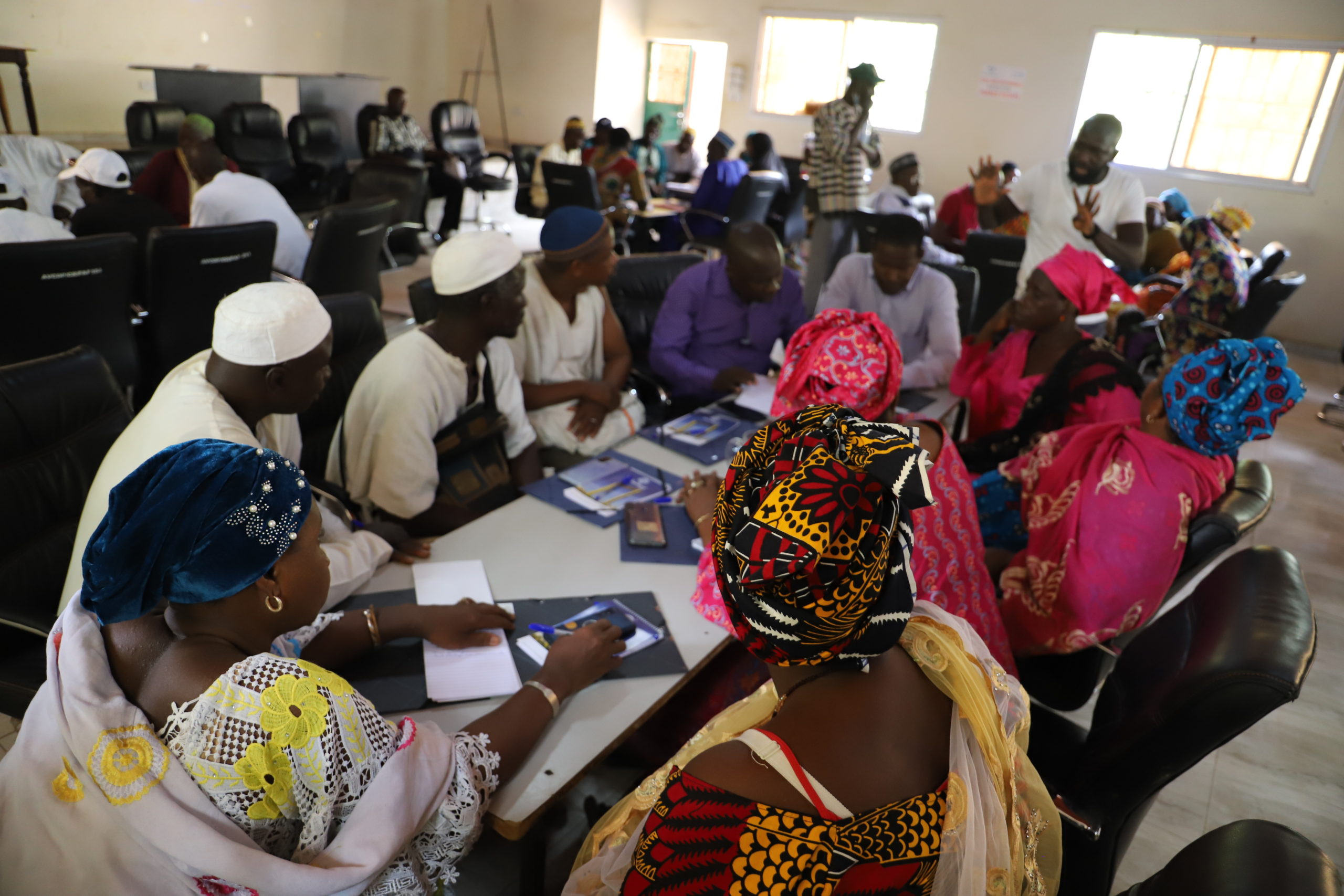Buah Saidy, Governor of the Central of The Gambia has stated that inflationary pressures continued to persist with headline inflation accelerating from 8.2 percent in March 2022 to 11.7 percent in April 2022.
He told commercial bank managers and journalists on Tuesday at the Central in Banjul that the significant rise in headline inflation is driven primarily by the surge in food inflation, which picked up from 9.2 percent in March 2022 to 11.6 percent in April 2022.
He also said that seasonal effects of Ramadan also contributed to the rise in prices of some food items. Non-food inflation, on the other hand, moderated slightly to 7.3 percent from 7.5 percent during the same period.
“Inflation is forecast to remain elevated in the short-term premised on the rising global food prices, upward adjustments in energy prices, structural challenges at The Gambia port and some exchange rate passthrough. However, in the medium-term, price pressures are expected to ease, and inflation will return to its long-run trend,” Governor Saidy told commercial bank managers and journalists.
He pointed out that the global economy is experiencing unusually high uncertainty with significant risks that threaten to disrupt the post-pandemic recovery momentum around the world.
He noted that low-income countries, in particular, are bearing the brunt of the economic consequences of the conflict in Ukraine through 6 sharp increases in the cost of living with rising concerns of increasing food insecurity amid supply chain constraints.
“Given the limited fiscal space created by the pandemic, debt vulnerabilities are expected to increase with limited policy room to maneuver. In addition, the tightening of global financial conditions due to the faster-than-expected monetary policy normalization in advanced economies would exert depreciation pressures on currencies and constrain financing conditions in developing economies,” he pointed out.
He added: “Prospect for the Gambian economy is positive. The recovery that started in 2021 is projected to be stronger in 2022, driven by improving domestic demand, recovery in tourism, steady private remittance inflows and public investment.”
According to him, the global economic environment has changed remarkably since the last meeting of the Committee in February 2022.
He said the intensification of global geopolitical tensions has further heightened uncertainties, dampened global growth prospects and pushed up inflation.
He further said in April 2022, the IMF revised downwards its global economic growth forecast, by 0.8 and 0.2 percentage points to 3.6 percent for 2022 and 2023, respectively.
“Commodity prices, especially energy and food, have surged in recent months as a consequence of the war and the lasting effects of the pandemic. The IMF Crude Oil Price Index is forecast to grow by 54.6 percent in 2022.
The Food and Agriculture Organization (FAO) Food Price Index, which tracks global prices of meat, dairy, cereals, oils, and sugar increased by 29.8 percent in April 2022 from where it was a year ago. Global rice 2 prices that were generally subdued in 2021 have started picking up this year,” he disclosed.
He added: “The FAO rice price Index increased by 2.4 percent in April 2022, although it is still 4.6 percent below the level it was a year ago.
The prices of sugar, edible oil, dairy, and wheat increased by 21.8 percent, 46.4 percent, 23.5 percent and 0.2 percent, respectively.
As a result, the IMF projected global inflation to accelerate to 7.4 percent in 2022.
This is expected to further fuel the rise in domestic prices going forward, putting more strains on the income of vulnerable households.”
He also said interest rates in advanced economies are rising faster than anticipated as central banks in these countries react to record high inflation, triggering capital flow reversals and putting pressure on emerging market and developing country economies.




